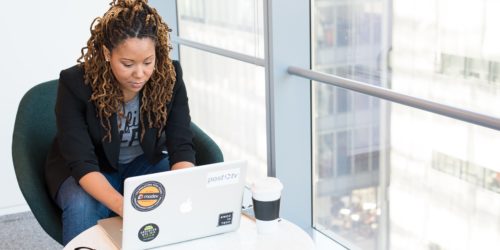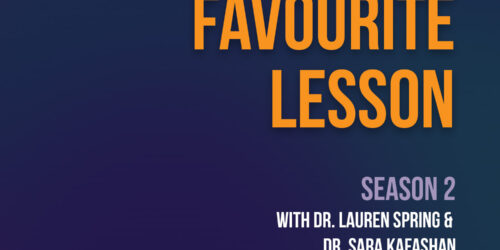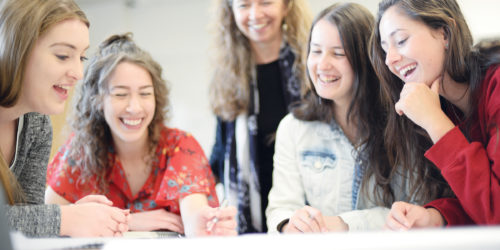The Decisions I Make While Teaching Both Asynchronously And Synchronously: Stories From the Classroom
Faculty had to switch to remote teaching in March 2020. I was one of those teachers In this teaching story. While not teaching in person, there has been a constant tug of war in my mind between asynchronous materials and synchronous teaching content. How do I make a balance between asynchronously and synchronously delivered teaching materials? How do I make the best use of synchronous time? In this teaching story, I will explain the decisions I have been making while not teaching in person.
The Key Challenge
Like many other teachers, I also struggled to realize that I could not teach everything in my synchronous sessions like our in-person days. I tried, and often, I could not do so. I had this constant feeling that I did not complete the course materials. Slowly, I realized that I needed to decide what I choose to teach in the synchronous hours and how they are connected with other learning materials. This idea takes me back to the idea of designing the teaching episodes, that is. “When designed well, online courses are just as effective as face-to-face experiences” (Moser, Wei & Brenner, 2021, p. 3). I had to redefine the term teaching and understand using the Learning Management System (LMS) that is, eConestoga effectively.
Redefining The Term Teaching (In My Teacher Head)
We often think that teaching means teachers will provide information to students and support them as they interact with it. But I realized that teaching should generate opportunities to meet the course outcomes in meaningful ways. I found that the most effective way was to create extensions of asynchronously delivered topics in synchronous time. So, I started guiding the students to use the LMS as their key source for learning and activities with the synchronous time to create a chance to develop understanding of the course materials.
Using eConestoga
Since all materials are provided in the course shell, I decided not to bring everything to my synchronous classroom. Instead, I created activities, short lessons, meaningful conversations based on the materials in the course shell (see the active learning tips for further information). Even though all students did not do the pre-reading, the activities helped them dive deep into the reading and eventually explore the materials in the course shell. I admit that I usually send reminder emails to the students a day before the class to explore the week’s content. Some students feel accountable when the Professors email them. This idea of flipped classroom has recently been studied in the context of one of South Asian countries, where the students appreciated constructing knowledge via pre-readings and synchronous activities (Rehman & Fatima, 2021).
The Decision
For me, the synchronous hours are for doing activities, participating in discussions and answering questions and guiding them more towards the optimal use of the course shell. Any activity I do, I let them know that where students can find the related materials in the course shell. From the week’s content, I choose one or two complex topics where they need more explanations.
In the coming days, when we use various delivery modes, we will need to redefine our understanding of teaching. We need to ask ourselves these key questions:
- What are my goals for the synchronous session?
- What do I want to achieve from the synchronous time with the students?
- Which topics do I need to explain more?
- Which topics are suitable for asynchronous discussion?
- How do I guide my students to explore the course shell?
- How do I make the connection between synchronous and asynchronous learning materials?
Finally, we all need to acknowledge that teaching is an evolving profession. We continue to make necessary calls while teaching based on the context and the course we are teaching. But, our students will benefit when I we try to empower them by exploring the course contents on their own and generating broader understanding in synchronous time. I know that it helped my students and me!
References:
Moser, K. M., Wei, T., & Brenner, D. (2021). Remote teaching during COVID-19: Implications from a national survey of language educators. System, 97, 1-15. https://doi.org/10.1016/j.system.2020.102431.
Rehman, R., & Fatima, S. S. (2021). An innovation in Flipped Class Room: A teaching model to facilitate synchronous and asynchronous learning during a pandemic. Pakistan Journal of Medical Sciences, 37(1), 131–136. https://doi-org.conestoga.idm.oclc.org/10.12669/pjms.37.1.3096.




